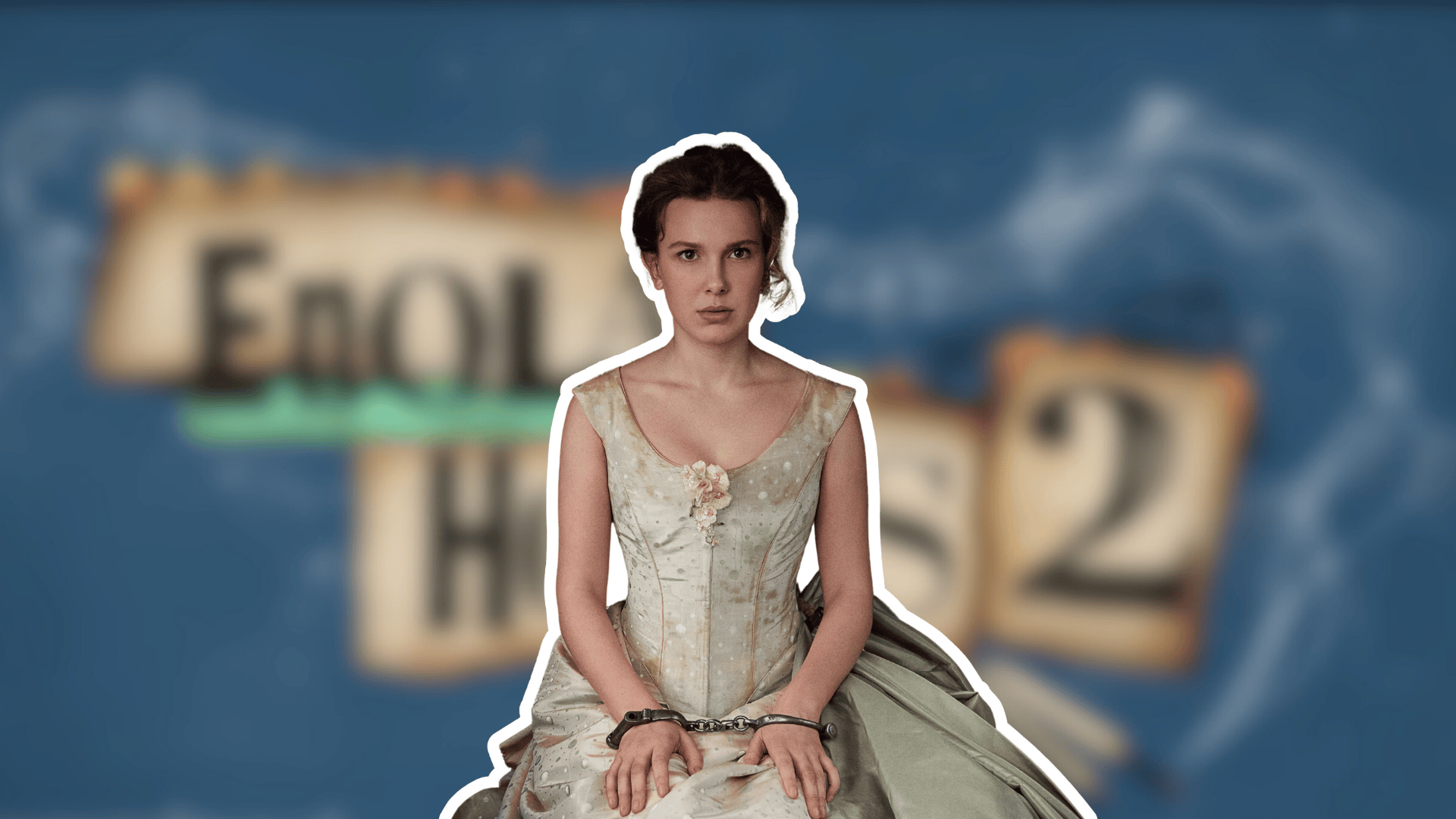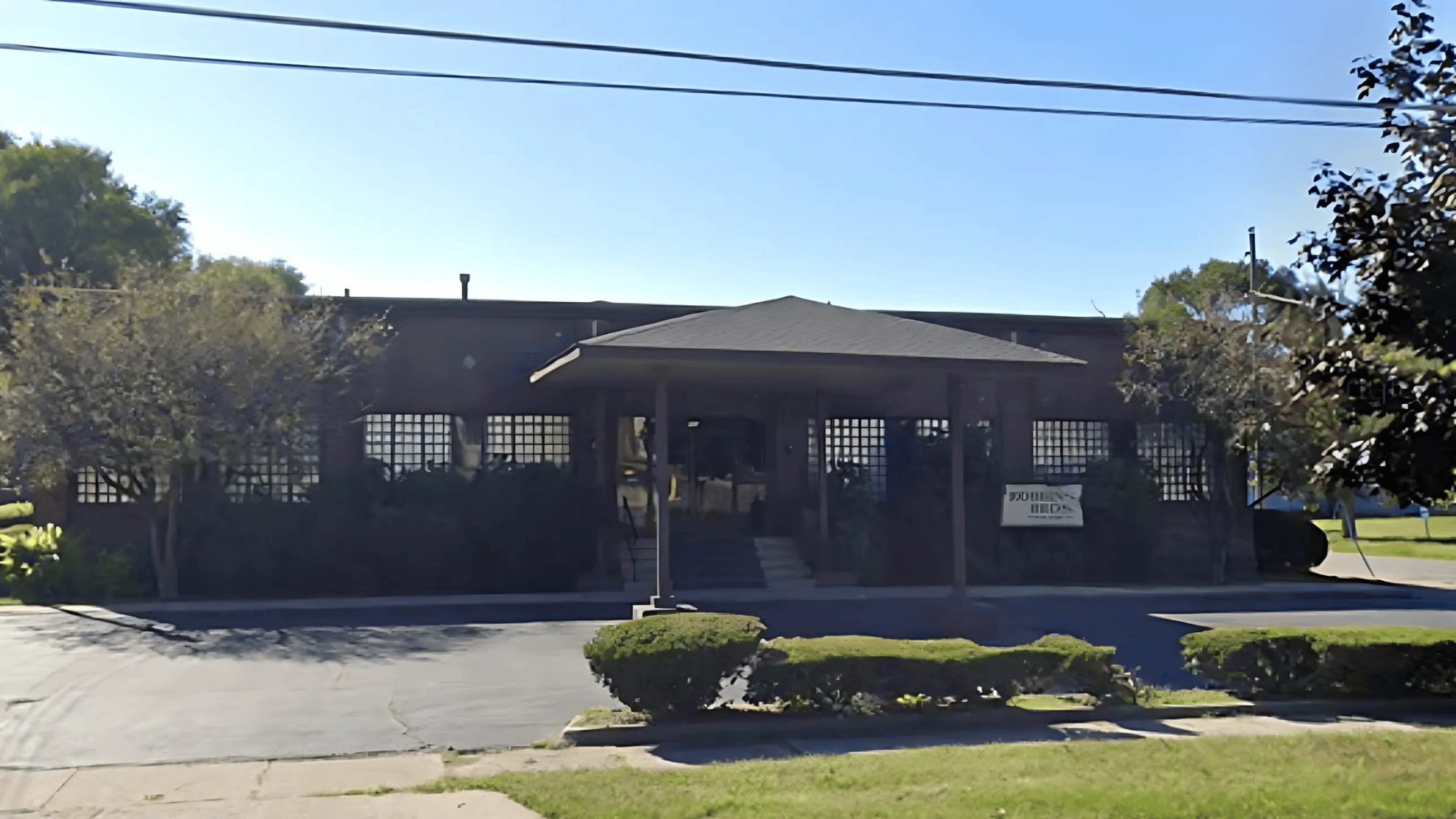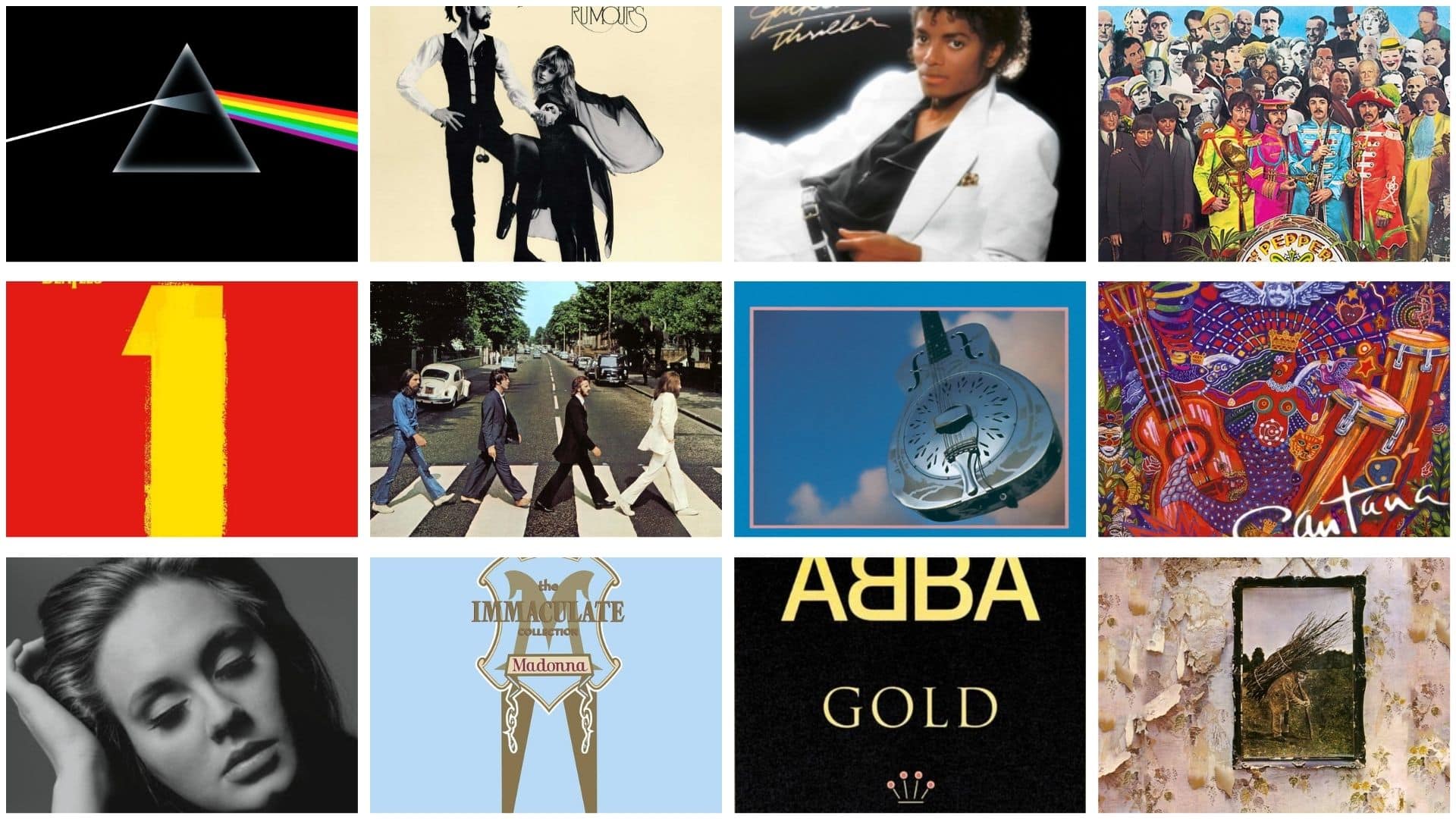Step aside, Sherlock – your sister has taken London by storm!
Netflix’s “Enola Holmes 2” puts our quick-witted young detective on her first official case, tackling much more than just a missing girl.
With its perfect mix of Victorian charm and modern spirit, this sequel builds on everything that made the original a hit.
Millie Bobby Brown shines as she breaks walls (both literal and fourth) throughout this thrilling hunt for truth.
What starts as a simple search becomes a gripping tale of worker rights, powerful enemies, and family bonds.
Ready to join Enola on a wild chase through smoky factories and glitzy ballrooms?
The game is afoot – and this time, it’s personal.
Why You Need to Watch Enola Holmes 2 Right Now?
Netflix’s follow-up to the hit mystery film has quickly climbed to the top of viewing charts in 93 countries.
The story pulls you into Victorian London with a case that mixes fiction with actual historical events.
If you enjoyed Sherlock’s younger sister’s first outing, this new chapter builds on what worked while adding more substance to the plot.
This charming movie puts a fresh spin on the Holmes legacy, with a quick-thinking young woman stepping out of her famous brother’s shadow.
For those wanting a smart, fun mystery with heart, this one’s worth your time.
Film Overview and Plot Summary
Before we jump into the streets of Victorian London, here’s what you need to know about this thrilling sequel:
| FILM ELEMENT | DETAILS |
|---|---|
| Release Date | November 4, 2022 |
| Platform | Netflix |
| Runtime | 2 hours (120 minutes) |
| Rating | PG-13 |
| Director | Harry Bradbeer |
| Screenplay | Jack Thorne |
| Main Cast | Millie Bobby Brown (Enola Holmes), Henry Cavill (Sherlock Holmes), Louis Partridge (Tewkesbury), Helena Bonham Carter (Eudoria Holmes), David Thewlis (Superintendent Grail), Sharon Duncan-Brewster (Mira Troy/Moriarty) |
Following her first success, Enola Holmes opens her own detective agency but struggles to find clients.
When a young match factory worker asks for help finding her missing sister, Enola jumps at the chance.
The case quickly grows more complex, pulling her into a world of dangerous secrets, from grim factories to fancy music halls.
Meanwhile, Sherlock works on his own challenging case about blackmailed officials.
As both investigations unfold, the siblings find their paths crossing in unexpected ways.
What starts as a hunt for a missing girl turns into a much larger story about worker rights, corruption, and murder.
Performance and Cast Analysis
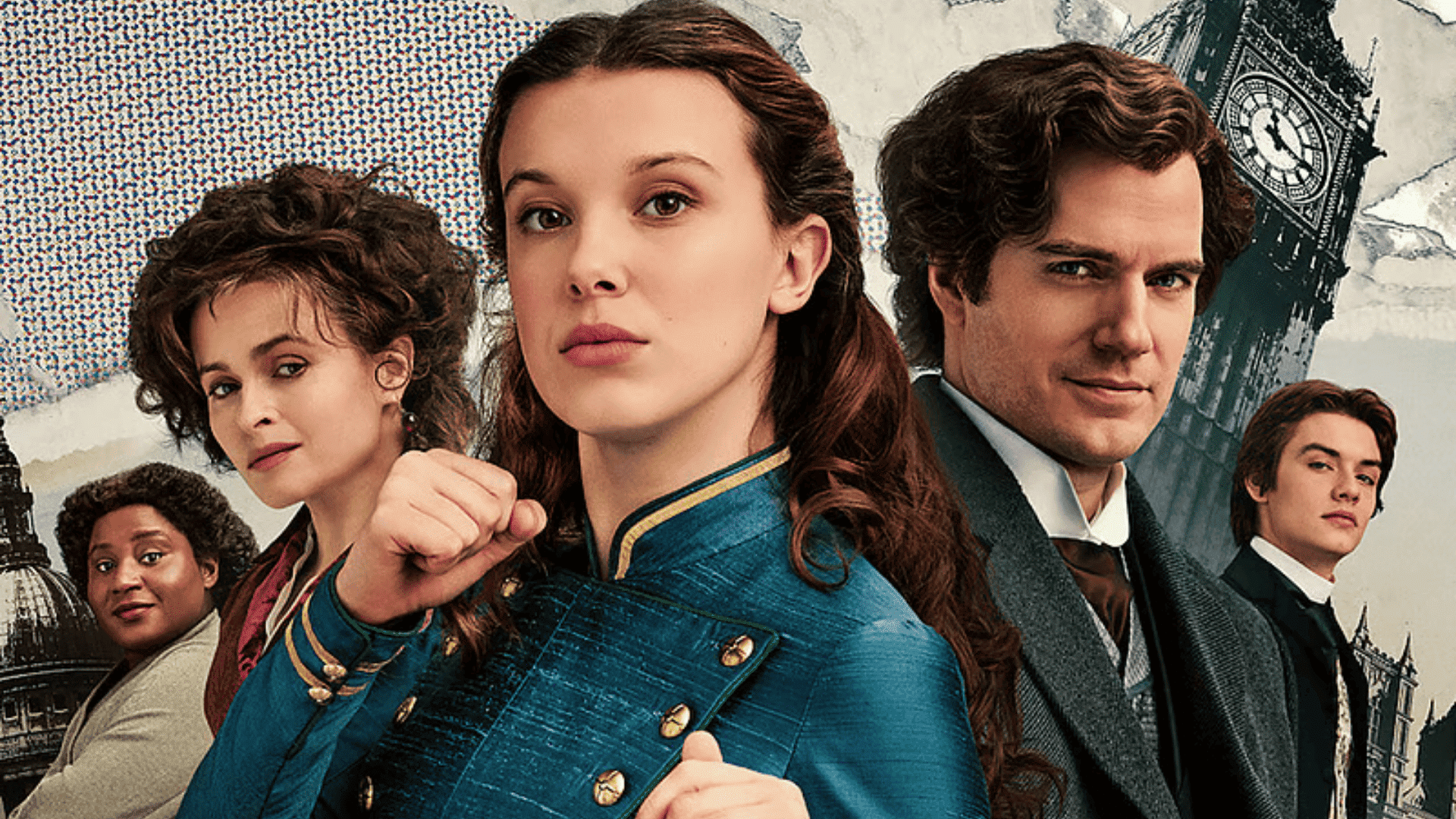
Millie Bobby Brown shines once again as the quick-witted Enola.
She brings warmth and spirit to the role, making the character both strong and likable.
Her fourth-wall-breaking chats with the audience create an intimate connection, making us root for her throughout her journey.
Henry Cavill returns with a more involved role as Sherlock, offering a good contrast to Enola’s methods while showing genuine care for his sister.
The brotherly-sisterly chemistry works well, with neither overshadowing the other.
Louis Partridge as Tewkesbury adds a sweet touch to the story, while David Thewlis makes for a suitably nasty police superintendent.
Helena Bonham Carter gets more screen time as mother Eudoria, bringing both strength and wisdom to her scenes.
Visual and Technical Elements
The movie places us firmly in Victorian London with its rich sets and period outfits.
From dim, smoky factories to bright, fancy ballrooms, each location feels true to the era while still looking good on screen.
| ELEMENT | RATING | STANDOUT FEATURES |
|---|---|---|
| Cinematography | ★★★★☆ | Dynamic camera work, rich color contrasts, clever mystery framing |
| Sound Design | ★★★★★ | Factory machinery tension; immersive London street sounds |
| Musical Score | ★★★★☆ | Pemberton’s playful themes, character-specific motifs |
| Costumes | ★★★★★ | Enola’s evolving wardrobe, class division through clothing |
| Production Design | ★★★★☆ | Authentic Victorian sets; striking factory-to-ballroom contrast |
Editor’s Note: The film’s most technically impressive sequence comes during the third act’s factory confrontation, where lighting, sound, music, and camera movement synchronize perfectly to build tension.
Themes and Storytelling
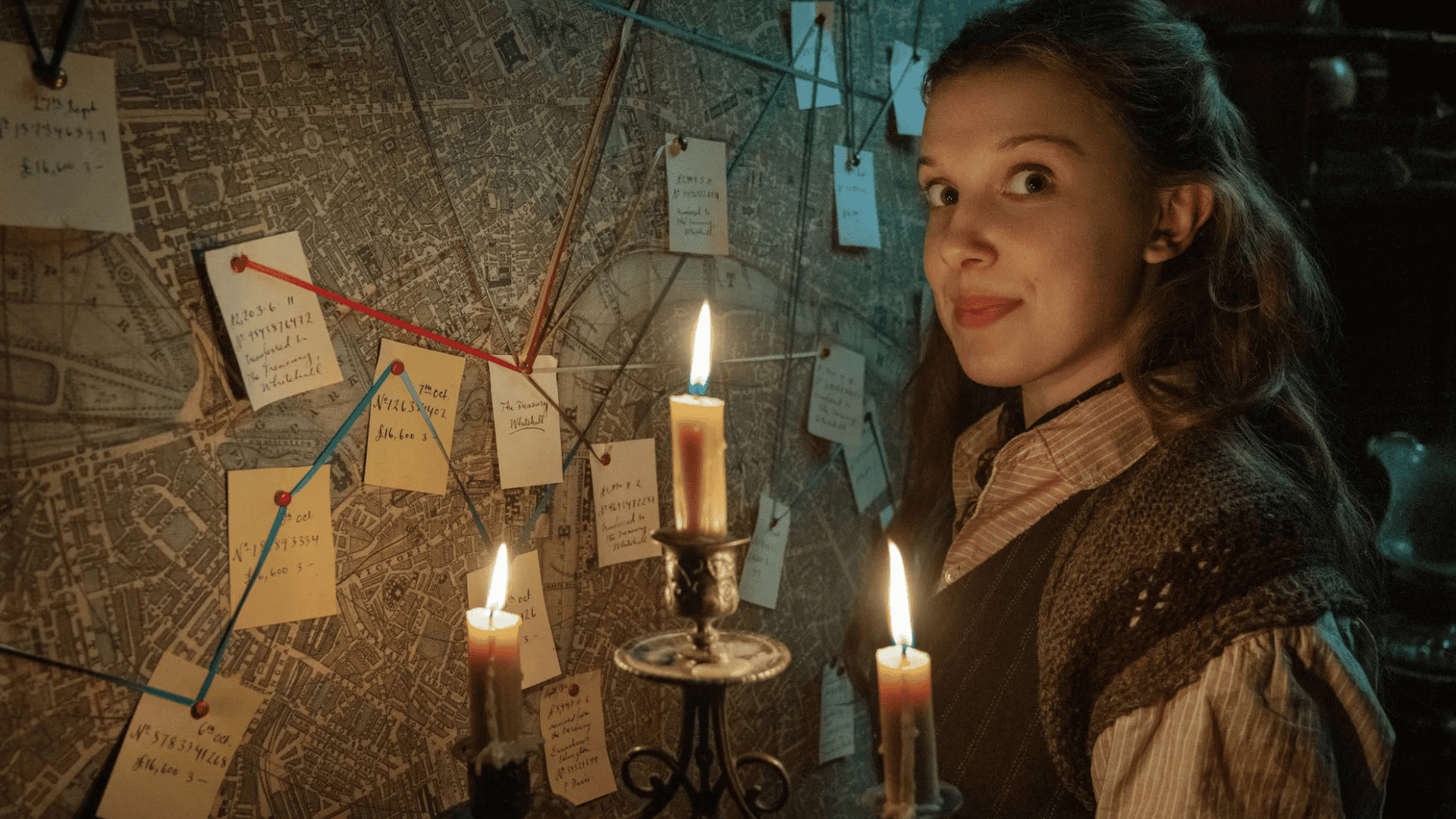
At its core, this film tells a story about working together.
While the first movie focused on Enola finding her way alone, this time she learns the value of joining forces with others.
The script nicely balances her growth as a person with the mystery plot.
The movie works in the real historical 1888 matchgirls’ strike, giving weight to what could have been just a light mystery.
It touches on women’s rights, worker safety, and class differences without getting preachy.
The central idea shifts from “I can do this myself” to “we’re stronger as a group,” making for a satisfying growth arc for our main character.
What Do Critics Say?
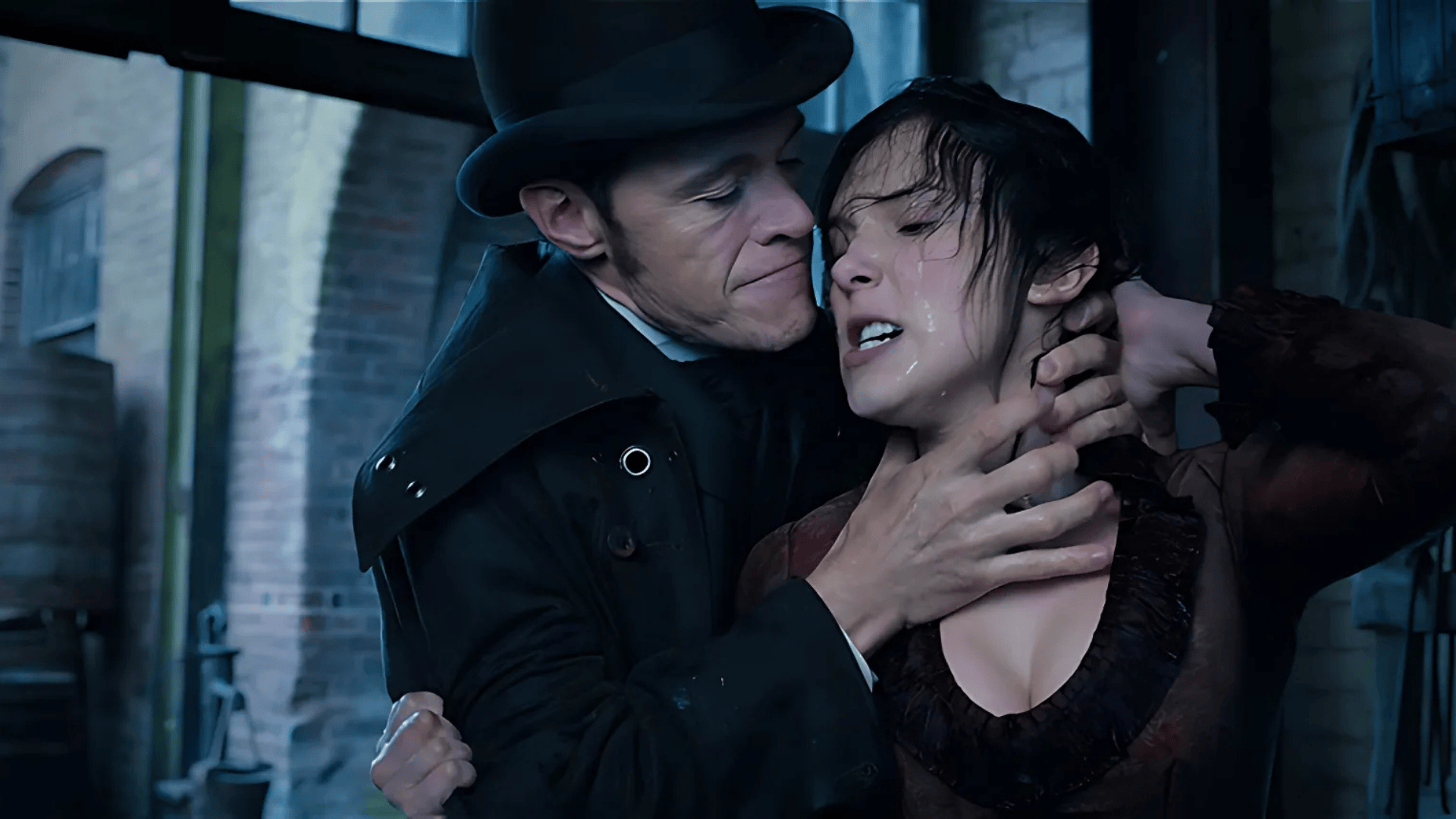
Most critics have good things to say about this sequel.
On Rotten Tomatoes, it holds a strong 93% rating from professionals.
Many note that it builds well on what worked in the first film while adding more depth to the story.
Some reviewers point out that the mystery sometimes gets a bit tangled, but almost all praise Brown’s work in the lead role.
The movie gets credit for mixing fun with just enough substance to make viewers care about the outcome.
The consensus seems to be that the film knows exactly what it wants to be—an upbeat mystery with heart—and hits that mark well.
Final Verdict and Recommendation
Enola Holmes 2 works as both a fun mystery and a coming-of-age story.
It strikes a good balance between light moments and more serious themes, never getting too dark or too silly.
This movie will appeal most to teens and families looking for smart entertainment.
Fans of the first film will find more of what they liked, while newcomers can jump in without having seen the original (though watching both is better).
With strong acting, good pacing, and a story that mixes fiction with historical facts, this sequel proves the young Holmes has staying power.
Overall Movie Rating: ★★★★☆
If you liked this film, you might also enjoy “Nancy Drew and the Hidden Staircase” or “National Treasure” for more youth-centered mysteries with history mixed in.

